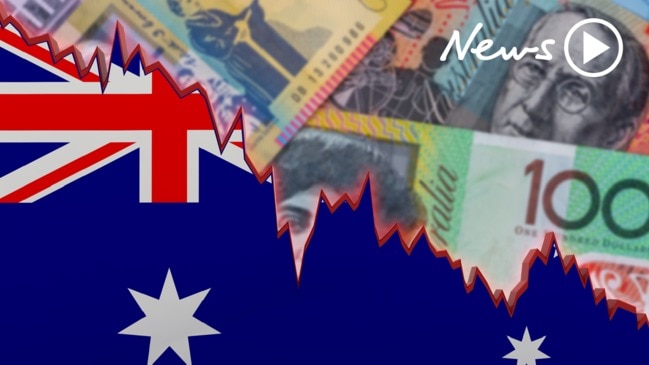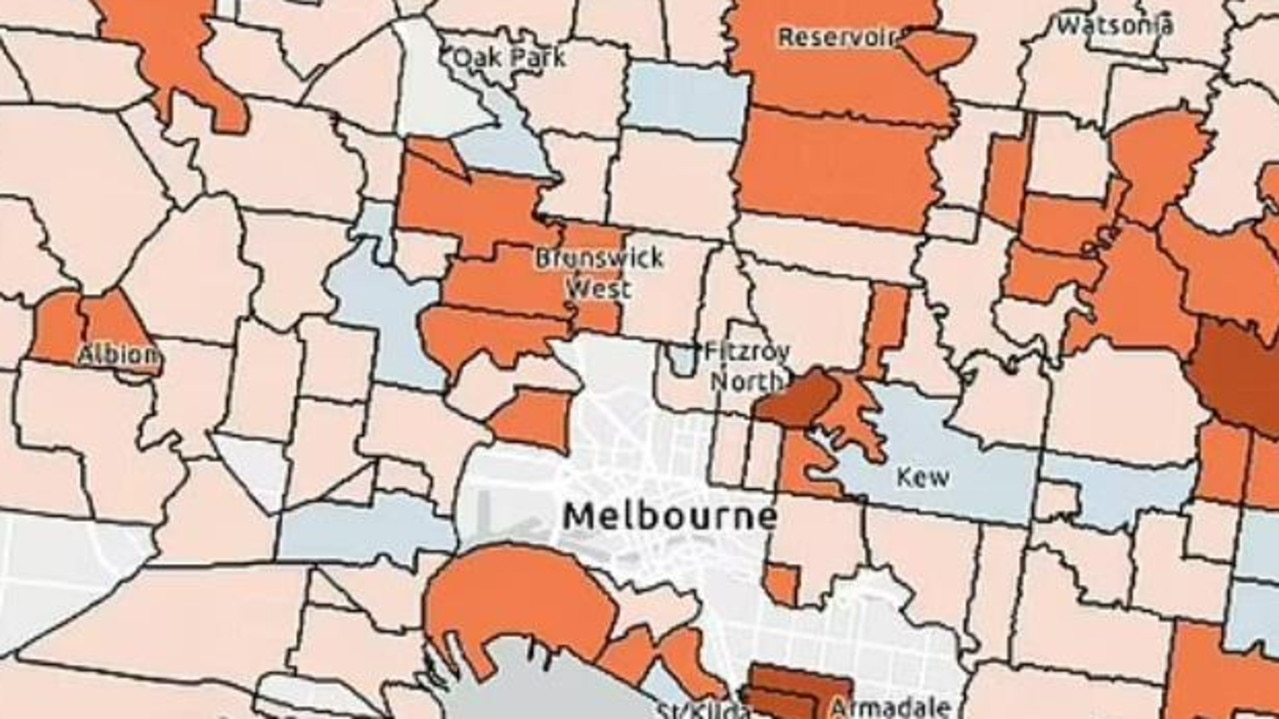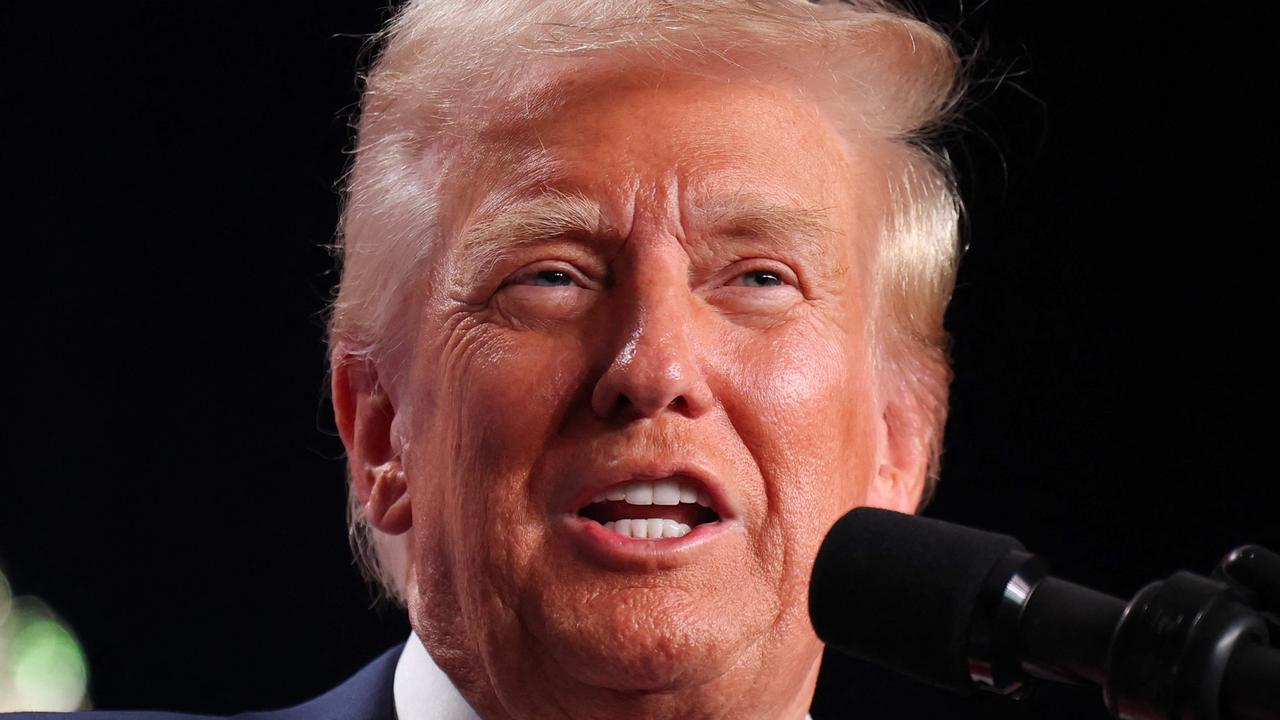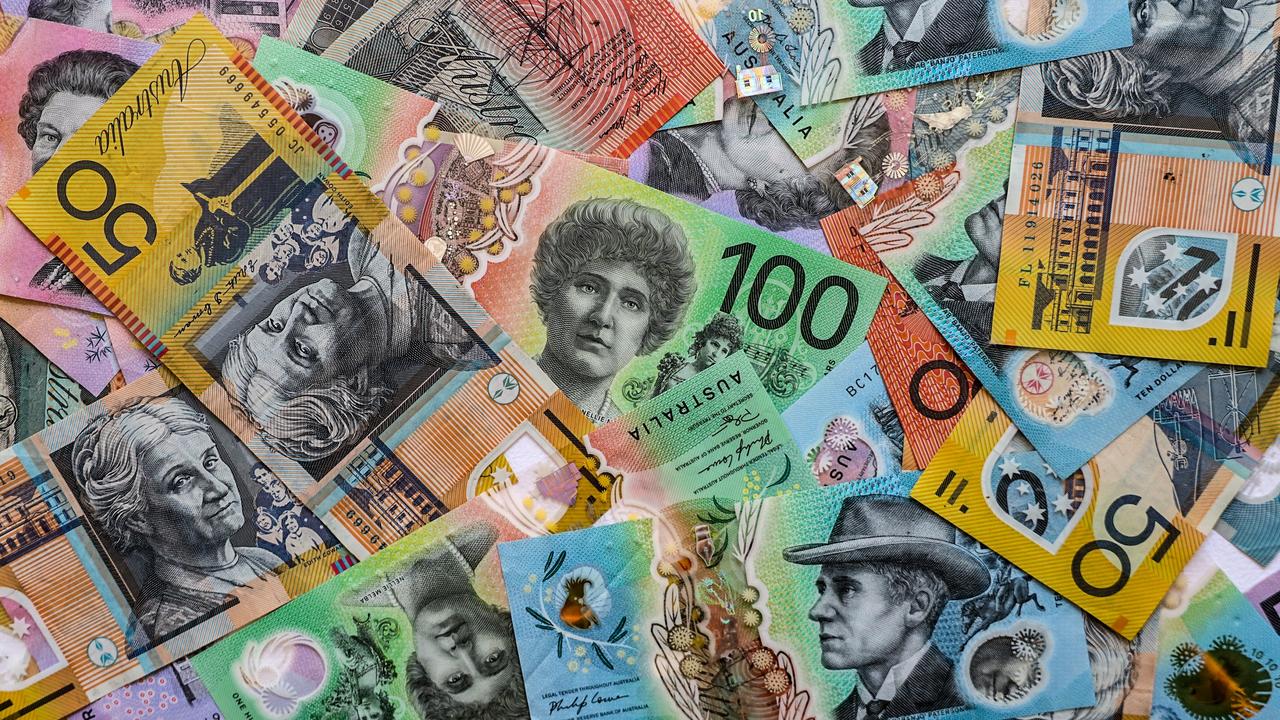Sharp fall in house and apartment approvals sends Aussie dollar sliding to four-month low
Fewer houses and apartments are on the drawing board as the market continues to struggle. This is what it could mean for your mortgage.
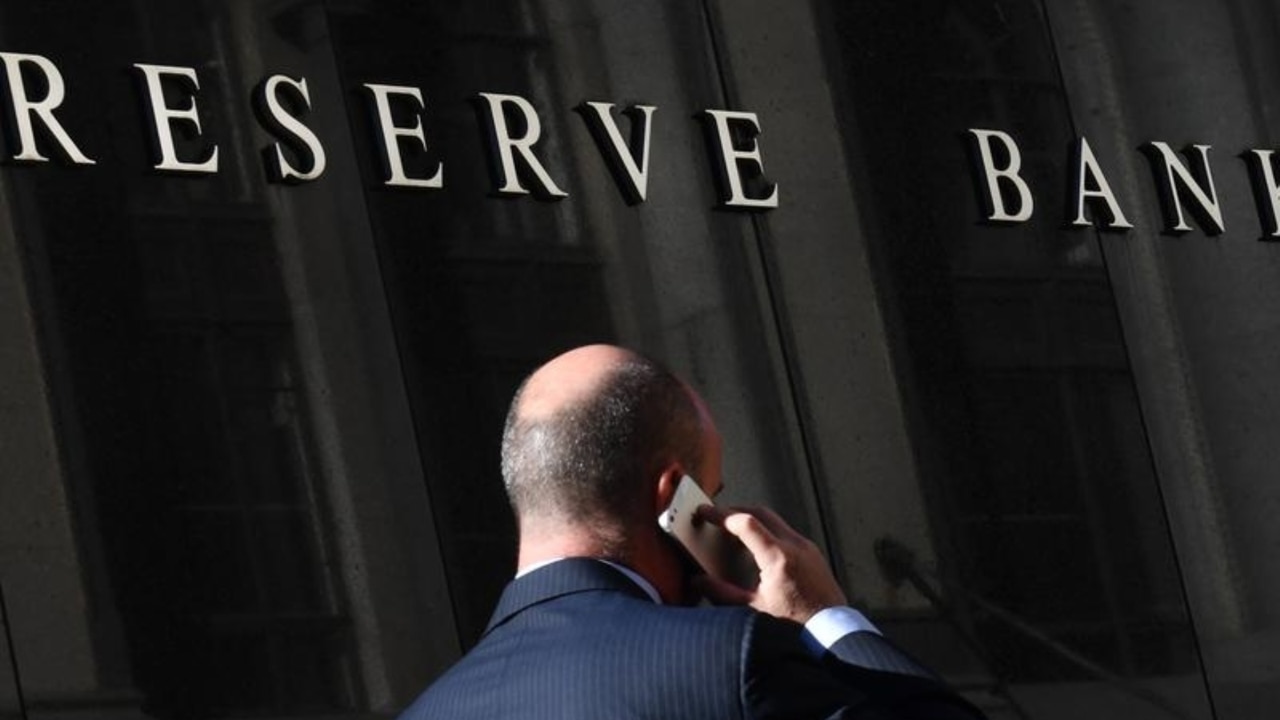
The Australian dollar has fallen to a four-month low after a sharp fall in March building approvals data was worse than punters had predicted.
The construction of new homes was down 15.5 per cent, weighed down by a decline in approvals of units and townhouses.
Economists had predicted a drop of 12 per cent following an unexpected lift in February, but the 30.6 per cent decline in new apartments being approved drove the figure lower.
This sent the Aussie dollar spiralling below 70 US cents, buying 69.85 after the Australian Bureau of Statistics figures were released.
Building and construction economist for BIS Oxford Economics Tim Hibbert said the downward trend would likely continue throughout 2019.
“Negative leads (are) still coming through from property prices, turnover rates, housing finance and land sales,” Mr Hibbertsaid.
Property Council chief excecutive Ken Morrison said the fall in building approvals should serve as a “wake up” call to all candidates ahead of the Federal Election.
“Housing construction is one of the big engines of the Australian economy, and these figures show the construction pipeline is drying up,” he said.
“We need to see policies from both sides of politics that are going to stimulate construction that meets the current and future housing needs for a growing nation.”
This release of data comes ahead of the Reserve Bank’s meeting on Tuesday with markets putting a 50 per cent probability the interest rate will be cut.
The weak housing market, poor inflation data and low consumer confidence pushes the case for the first cut since 2016.
AMP Capital chief economist Shane Oliver said he had “pencilled” in the RBA slashing the official cash rate by 0.25 per cent, leaving it at a new record low of 1.25 per cent.
He said there will be a case mounted to leave it on hold until after the election to avoid politicising the decision during the campaign.
“The case to go now though is that inflation has come in lower than expected and is going the wrong way,” Dr Oliver said in a note.
“The RBA is likely to further revise down its inflation forecasts in the May Statement on Monetary Policy so waiting risks further damaging the credibility of the RBA’s inflation target.
“The fiscal boost is still several months away, waiting till unemployment rises may be too late.
“We think the case to cut now dominates so we have pencilled in Tuesday for the first cut, but it’s a close call so it would hardly surprise if they decide to wait another month or so.”
CoreLogic figures released earlier this week added further downwards pressure on the likelihood of a cut, which showed housing prices had notched their biggest annual fall since the aftermath of the global financial crisis.
House prices in Sydney and Melbourne fell 0.7 per cent and 0.6 per cent in April, bringing their annual declines to 10.9 per cent and 10 per cent respectively.
The NSW and Victorian capitals are now 14.5 per cent and 10.9 per cent down from their respective peaks in July and November 2017, extending their falls further into uncharted territory.
Sydney’s previous worst decline since the firm began collecting data four decades ago was 9.6 per cent between 1989 and 1991, while Melbourne’s worst decline was 10 per cent between 1989 and 1992.
“Sydney definitely has been in record territory for some time, Melbourne hit its record decline last month, and we see falls continuing,” said CoreLogic head of research Cameron Kusher.
Continue the conversation on Twitter @James_P_Hall or james.hall1@news.com.au
